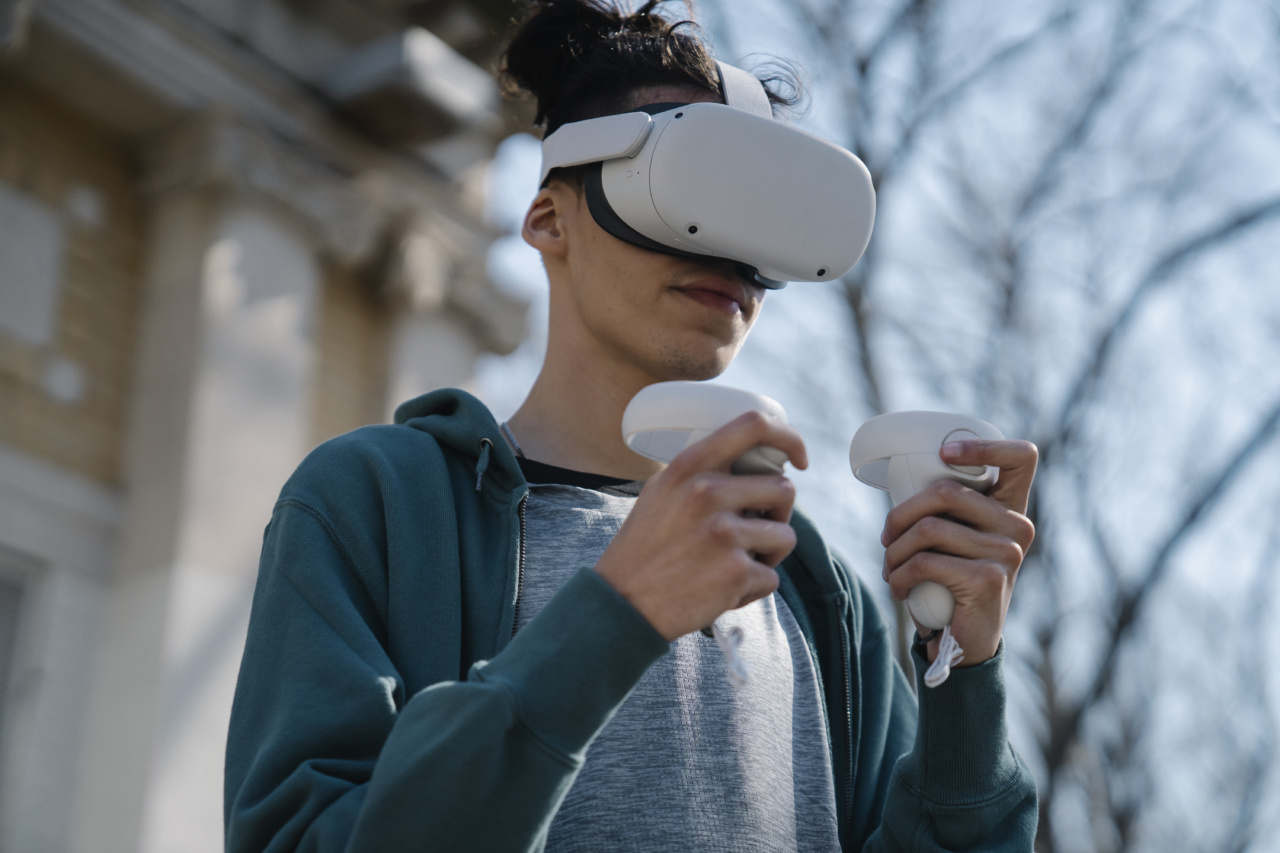Many individuals experience discomfort and sensitivity in bright environments, a phenomenon commonly referred to as photophobia.
While some people may simply find bright lights bothersome, others may suffer from extreme sensitivity, leading to significant pain and difficulty in functioning. This article delves into the causes, symptoms, and potential treatments for photophobia, aiming to provide a comprehensive understanding of this condition.
What is Photophobia?
Photophobia is a term used to describe the abnormal sensitivity to light. People with this condition often experience discomfort, pain, or even migraine headaches when exposed to bright lights.
It is not merely a dislike of bright lights, as photophobic individuals go through significant distress under those circumstances.
Causes of Photophobia
There are various factors that can lead to the development of photophobia. Some common causes include:.
1. Ocular Conditions:
Photophobia can often arise as a result of existing eye conditions such as corneal abrasion, uveitis, or conjunctivitis. These conditions can cause the eyes to become more sensitive to light, leading to discomfort or pain in bright environments.
2. Migraines:
Migraine headaches are frequently accompanied by photophobia.
The exact relationship between migraines and light sensitivity is not yet fully understood, but it is believed to be connected to alterations in the activity of specific brain regions associated with light processing.
3. Medications:
Certain medications, such as some antibiotics, antihistamines, or antidepressants, can increase light sensitivity as a side effect.
If you notice that your sensitivity to light has increased after starting a new medication, consult with your healthcare provider to explore possible alternatives.
4. Eye Strain:
Extended periods spent focusing on digital screens, reading, or performing visually demanding tasks can strain the eyes and result in increased sensitivity to light.
Frequent breaks and the use of proper lighting conditions can help alleviate this strain.
5. Neurological Disorders:
Neurological disorders such as meningitis, encephalitis, or traumatic brain injuries can induce photophobia. These conditions affect the brain’s processing of light signals, leading to heightened sensitivity in the eyes.
Recognizing Symptoms of Photophobia
While experiencing discomfort in bright environments is the primary symptom, other signs might also be present. These include:.
1. Eye Discomfort:
Individuals with photophobia might experience eye pain, itching, redness, or a sensation of grittiness, especially when exposed to bright lights.
2. Headaches:
Migraine headaches are commonly associated with photophobia. These headaches are often intense and may be accompanied by other symptoms such as nausea, vomiting, or dizziness.
3. Squinting or Blinking:
People with light sensitivity often find themselves squinting or blinking excessively during exposure to bright lights, attempting to reduce discomfort and ease eye strain.
Treatment Options for Photophobia
Managing photophobia typically involves addressing the underlying cause and exploring various treatment options. These may include:.
1. Wearing Sunglasses:
Wearing sunglasses with polarized lenses that provide UV protection can significantly reduce the discomfort caused by bright lights. Ensure that the sunglasses have a high level of sun protection.
2. Adjusting Lighting Conditions:
Controlling the lighting conditions in your environment can make a significant difference. Consider using lower wattage bulbs, dimmers, or light filters to reduce the brightness.
Additionally, using indirect or natural lighting can often be more comfortable for individuals with photophobia.
3. Medications:
In some cases, physicians may prescribe medications such as nonsteroidal anti-inflammatory drugs (NSAIDs), beta-blockers, or certain types of antidepressants to help manage photophobia symptoms.
4. Minimizing Screen Time:
Since eye strain from digital screens can exacerbate photophobia symptoms, it is advised to minimize screen time or use specialized screen filters that reduce glare and blue light emissions.
5. Seeking Professional Help:
If photophobia significantly interferes with your daily life, it is essential to consult with an eye care professional or healthcare provider. They can evaluate your condition, identify any underlying causes, and recommend appropriate treatments.
Conclusion
Photophobia can be a highly distressing condition for individuals experiencing discomfort in bright environments. Understanding the causes, symptoms, and treatment options is crucial in managing this condition effectively.
By taking appropriate measures and seeking professional guidance, individuals with photophobia can lead fulfilling lives with minimal light-related discomfort.





























